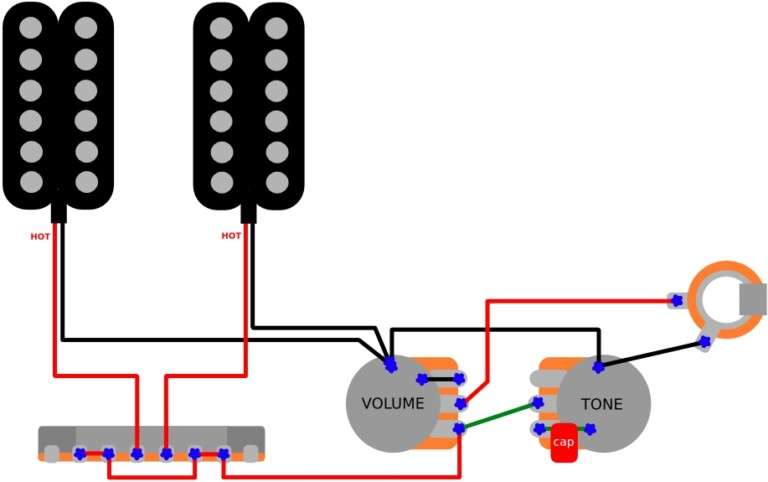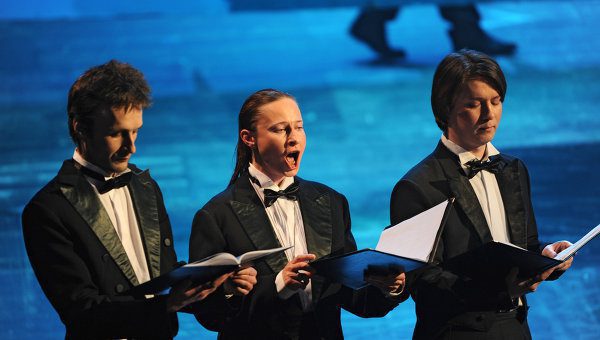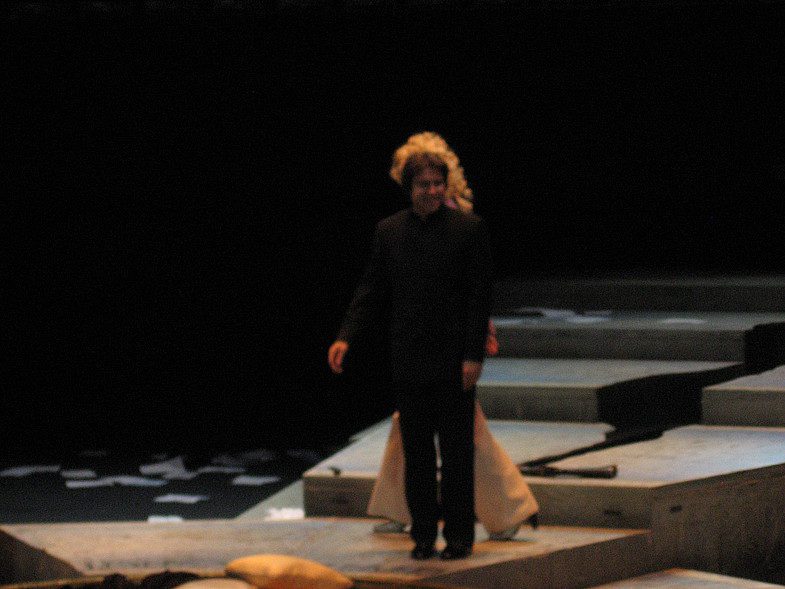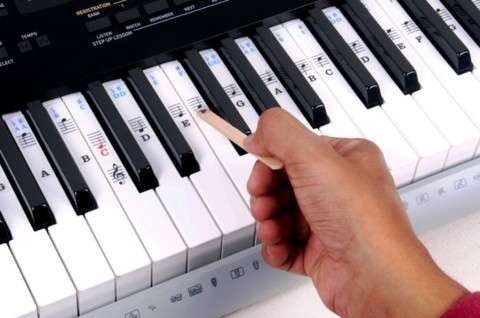
One act opera
 An opera consisting of one stage act is called a one-act opera. This action can be divided into pictures, scenes, episodes. The duration of such an opera is significantly less than a multi-act one. Despite its miniature size, the opera in one act is a full-fledged musical organism with developed dramaturgy and architectonics, and is distinguished by its genre diversity. Like the “grand” opera, it begins with an overture or introduction and contains solo and ensemble numbers.
An opera consisting of one stage act is called a one-act opera. This action can be divided into pictures, scenes, episodes. The duration of such an opera is significantly less than a multi-act one. Despite its miniature size, the opera in one act is a full-fledged musical organism with developed dramaturgy and architectonics, and is distinguished by its genre diversity. Like the “grand” opera, it begins with an overture or introduction and contains solo and ensemble numbers.
However, the one-act opera has its own characteristic features:
Example:
One-act opera in the 17th-18th centuries. often performed during intermissions of large-scale operas; in court, as well as in home theaters. The central element of the musical expressiveness of early small opera was recitative, and from the middle of the 18th century. the aria relegates him to the background. The recitative plays the role of the engine of the plot and the connection between ensembles and arias.
From Glück to Puccini.
In the 50s XVIII century H. W. Gluck composed two cute entertaining one-act operas: and, and P. Mascagni, a century later, gives the world a dramatic opera of small form. The rise of the genre at the beginning of the XNUMXth century. D. Puccini aroused interest in him and the composer’s creation of one-act operas based on the play of the same name by D. Gold,, ; P. Hindemith writes a comic opera. There are many examples of small form operas.


The story of the fate of a noble lady who gave birth to a child out of wedlock and went to a monastery to repent is the basis of the plot of Puccini’s opera “Sister Angelica”. Having learned about the death of her son, Sister Angelica drinks poison, but realizes that suicide is a terrible sin that will not allow her to see the child in heaven, prompts the heroine to pray to the Virgin Mary for forgiveness. She sees the Holy Virgin in the space of the church, leading a fair-haired boy by the hand, and dies in peace.
The dramatic Sister Angelica is different from all other Puccini operas. Only female voices participate in it, and only in the final scene a boys’ choir (“Angels’ Choir”) is heard. The work uses stylization of church hymns with an organ, strict polyphony techniques, and bells can be heard in the orchestra.
The first scene opens interestingly – with a prayer, accompanied by organ chords, bells and the chirping of birds. The picture of the night – a symphonic intermezzo – will be based on the same theme. The main attention in the opera is paid to creating a subtle psychological portrait of the main character. In the role of Angelica, extreme drama is sometimes expressed in speech exclamations without a certain pitch.
One-act operas by Russian composers.
Outstanding Russian composers have composed many beautiful one-act operas of various genres. Most of their creations belong to the lyrical-dramatic or lyrical direction (for example, “Boyaryna Vera Sheloga” by N. A. Rimsky-Korsakov, “Iolanta” by Tchaikovsky, “Aleko” by Rachmaninov, etc.), but also a small-form comic opera – Not unusual. I.F. Stravinsky wrote an opera in one act based on Pushkin’s poem “The Little House in Kolomna,” which paints a picture of provincial Russia at the beginning of the 19th century.
The main character of the opera, Parasha, dresses up her lover, a dashing hussar, as a cook, Mavra, in order to be able to be with him and lull the suspicions of her strict mother. When the deception is revealed, the “cook” escapes through the window, and Parasha runs away after. The originality of the opera “Mavra” is given by colorful material: the intonations of an urban sentimental romance, a gypsy song, an operatic aria-lamento, dance rhythms, and this entire musical kaleidoscope is placed in the parody-grotesque channel of the work.
Small children’s operas.
The one-act opera is well suited for children’s perception. Classical composers wrote many short operas for children. They last from 35 minutes to a little over an hour. M. Ravel turned to children’s opera in one act. He created a charming work, “The Child and Magic,” about a careless boy who, reluctant to prepare his homework, plays pranks to spite his mother. The things he spoiled come to life and threaten the scoundrel.
Suddenly the Princess appears from a book page, reproaches the boy and disappears. Textbooks persistently dictate hated tasks to him. Playing kittens appear, and the Child rushes after them into the garden. Here the plants, animals and even a rain puddle who offended him complain about the little prankster. The offended creatures want to start a fight, wanting to take revenge on the boy, but suddenly they start a brawl among themselves. The frightened Child calls Mom. When the crippled Squirrel falls at his feet, the boy bandages her sore paw and falls exhausted. Everyone understands that the child has improved. Participants in the events pick him up, carry him to the house and call Mom.
The rhythms used by the composer were fashionable in the 20th century. Boston waltz and foxtrot dances provide an original contrast to the stylized lyrical and pastoral episodes. The things brought to life are represented by instrumental themes, and the characters who sympathize with the child are given melodious melodies. Ravel liberally used onomatopoeia (a cat’s snorting and meowing, the croaking of frogs, the striking of a clock and the ringing of a broken cup, the fluttering of bird wings, etc.).
The opera has a strong decorative element. The duet of the clumsy Armchair and the cutesy Couch is brightly colored – in the rhythm of a minuet, and the Duet of the Cup and the Teapot is a foxtrot in the pentatonic mode. The grotesque, assertive chorus and dance of figures are sharp, with a palpable galloping rhythm. The second scene of the opera is characterized by abundant waltzing – from serious elegiac to comic.








